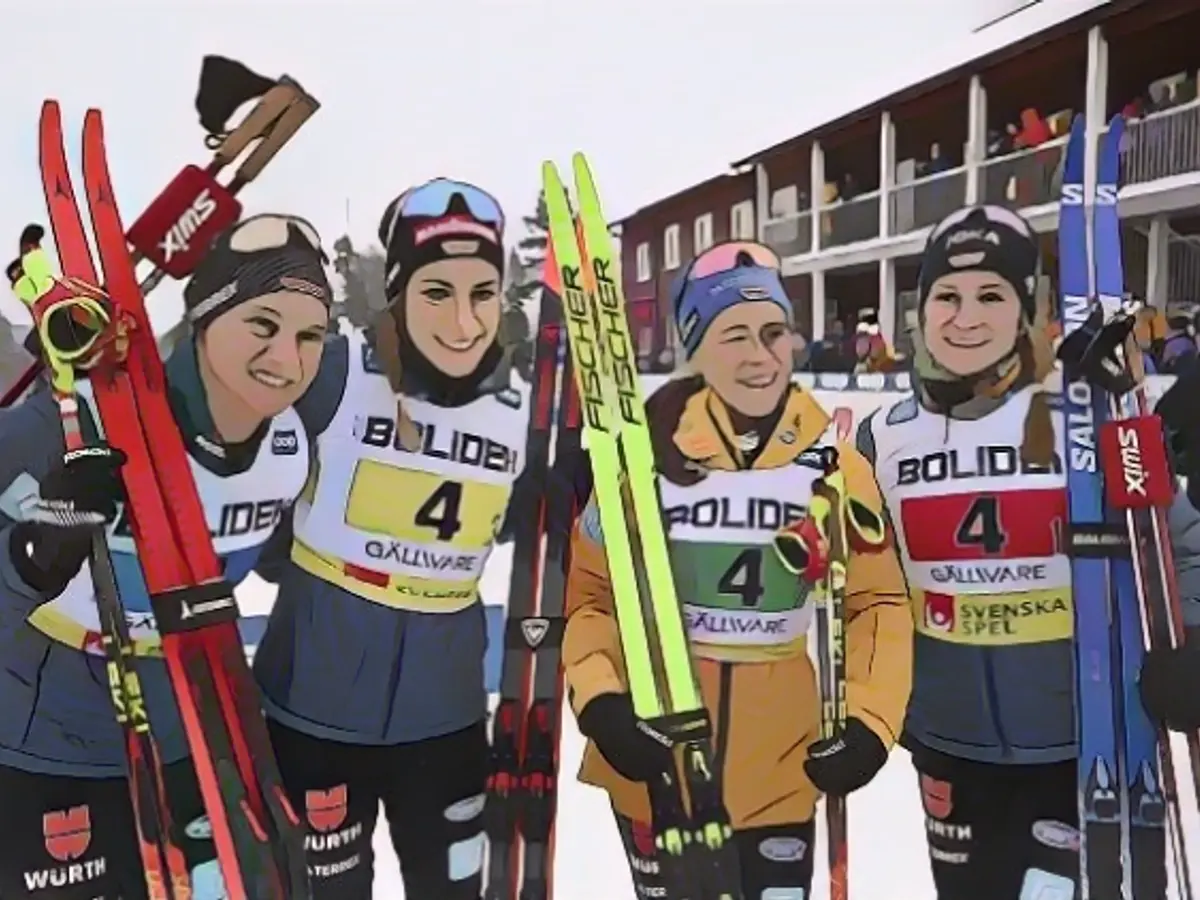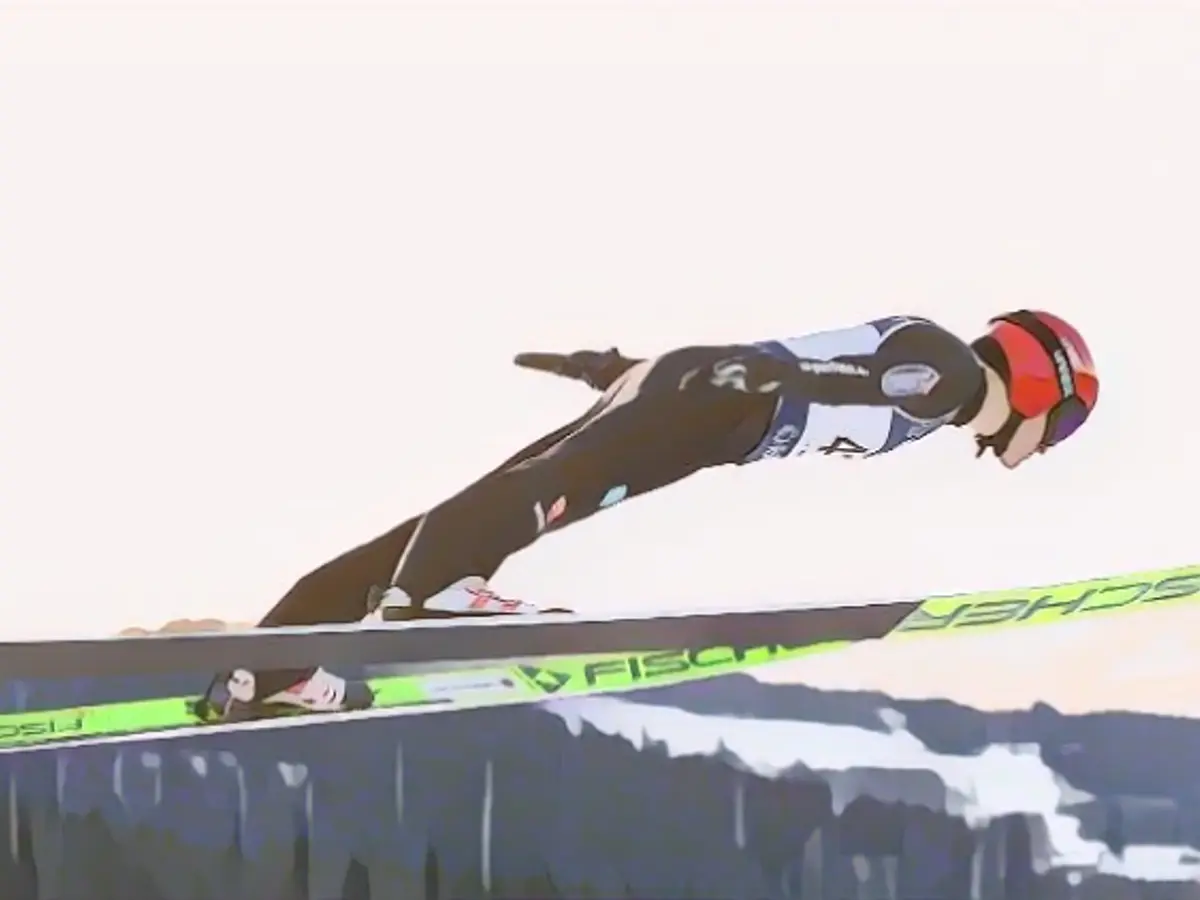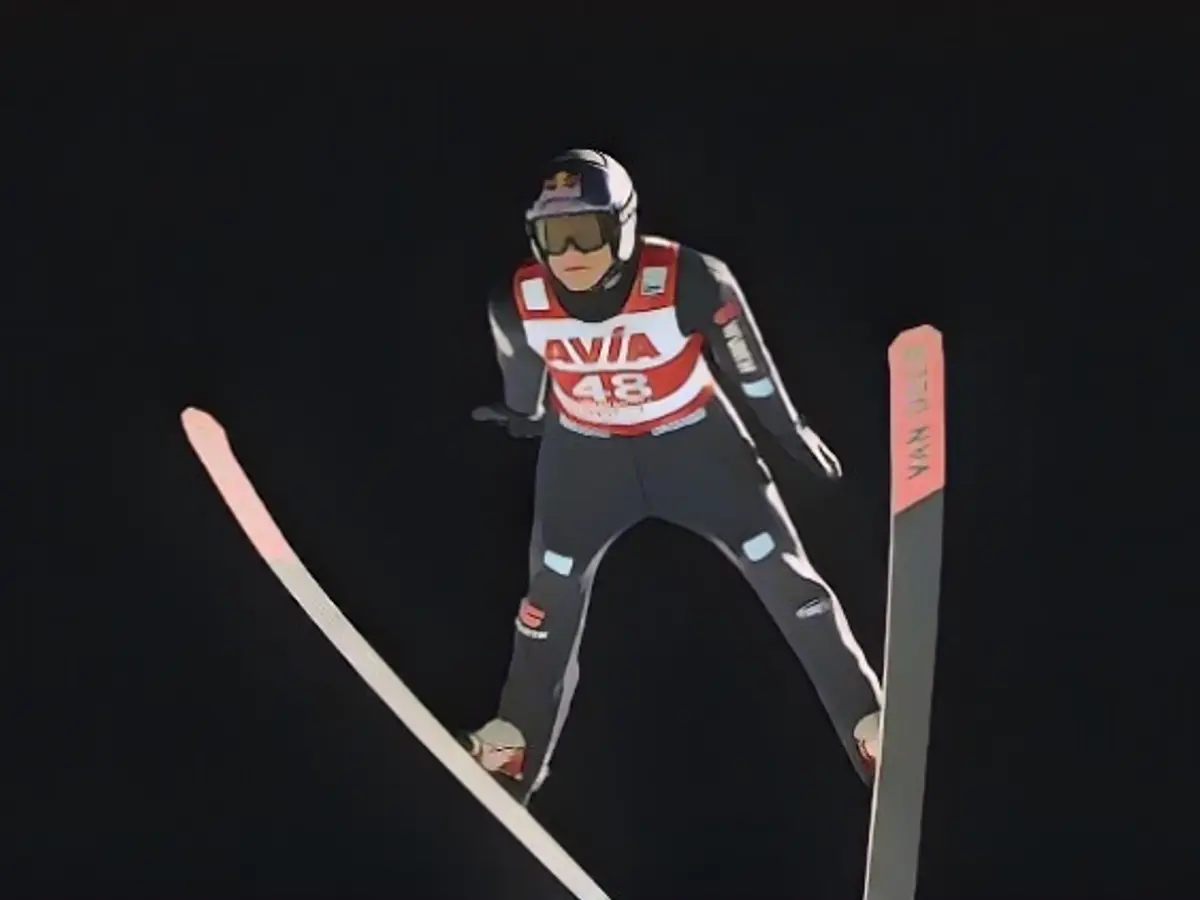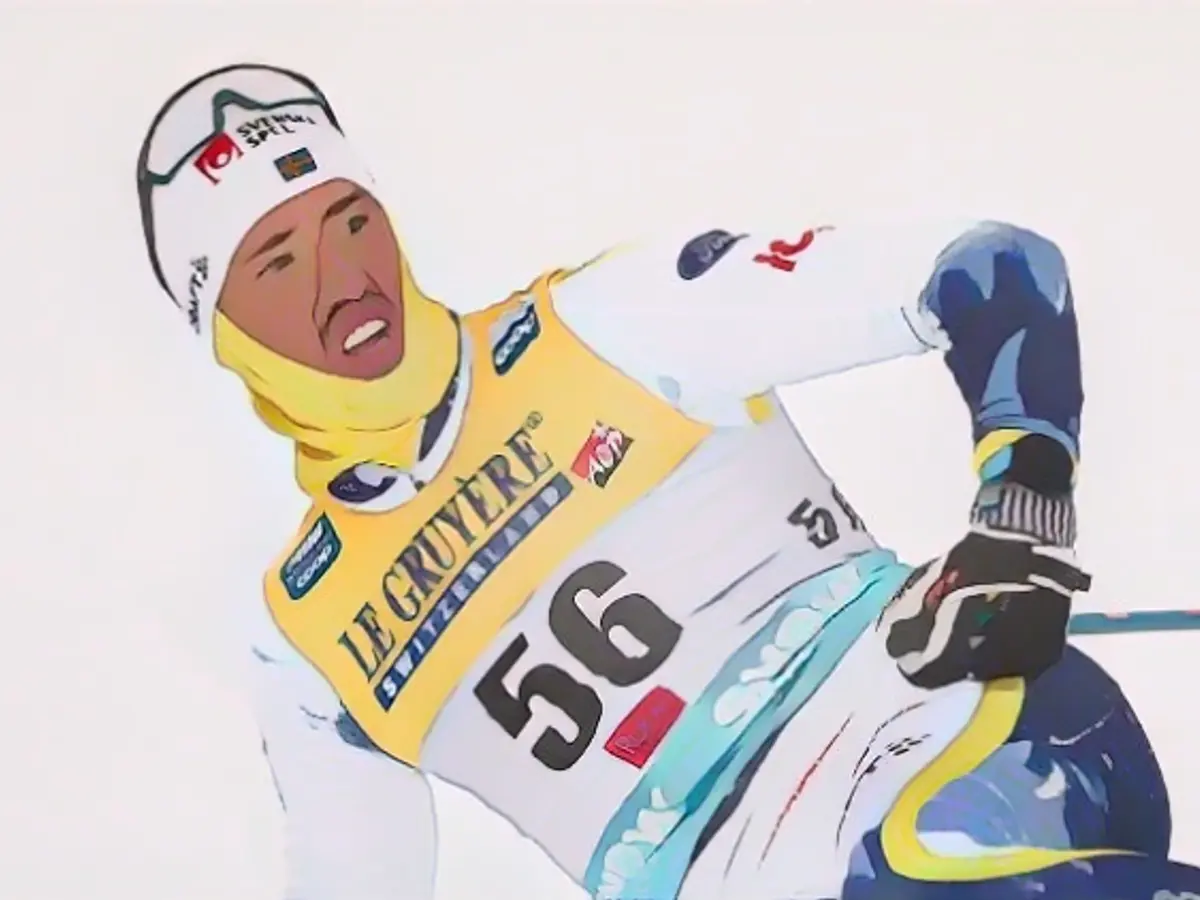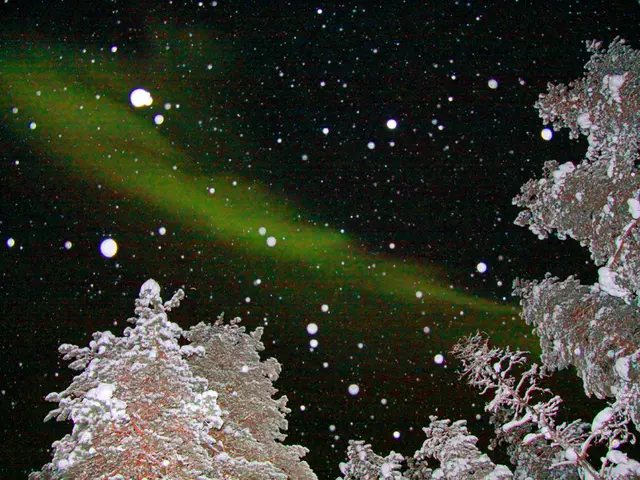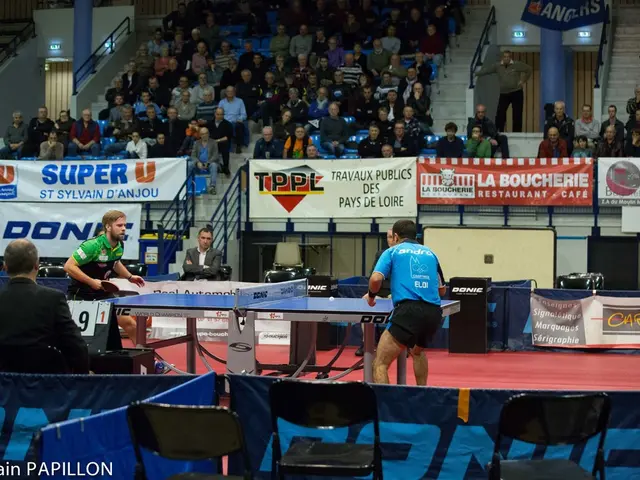Cross-Country Skiers Battle Cold and Competition in Kuusamo
At the World Cup in Kuusamo, cross-country skiers faced not only fierce competition but also the bitter Arctic cold. Lucas Bögl's eyes froze, blurring his vision, while Florian Notz felt dizzy in the chilling minus 19-degree temperatures. Despite having foot warmers, Bögl's toes still suffered. The FIS requires the competition to halt if temperatures drop below -20 degrees, but none of the DSV athletes views the cold as an excuse.
Jan Thomas Jenssen from Norway claimed victory in the mass start, beating German skiers Florian Notz and Lucas Bögl, who placed 24th and 38th, respectively. Notz later confessed that he felt disoriented in the latter part of the race. Norwegian Johannes Hösflot Kläbo, an Olympic champion, struggled with yet another defeat in 21st place, failing to recover from his extended coronavirus-induced break in training.
Female athletes also grappled with the harsh conditions. During the 20-kilometer race, Katharina Hennig complained about extreme cold, and national coach Peter Schlickenrieder suggested she invest in thicker overshoes next time to avoid the discomfort. Despite her struggles, Hennig did not manage more than a 27th place finish in the 10-kilometer race. Victoria Carl, her teammate, expressed her desire to visit the sauna after finishing in eighth place despite stiff legs, while Pia Fink groaned about her immobility due to stiff legs.
Despite these challenges, Carl celebrated her result with joy, stating that even an eighth-place finish in such a close race was reason to rejoice. Hennig, who'd declared her intention to wage war on the mass start race in Kuusamo, finished over two minutes behind.
Extreme Cold Impact on Athletes
Cross-country skiers like Lucas Bögl and Florian Notz in Kuusamo must battle more than their opponents due to harsh temperatures. Their vision and physical health are under significant strain.
Vision Challenges:
- Frost: Cold winds and temperatures may cause frost on eyes and goggles, which can impair vision and negatively impact focus. [3]
- Dry Eyes: Cold air can lead to dry eyes, which can further irritate athletes and make it challenging to maintain clear vision.
Physical Health Challenges:
- Hypothermia and Frostbite: Prolonged exposure to extreme cold can trigger hypothermia or frostbite in exposed areas like hands, feet, and face, leaving athletes with numbness, pain, or tingling sensations. [3][5]
- Respiratory Issues: Cold air can amplify respiratory problems like bronchitis or asthma, resulting in shortness of breath or coughing, which may affect endurance and performance. [5]
- Cardiovascular Strain: Cold stress precipitates vasoconstriction, increasing blood pressure, and potentially leading to cardiovascular fatigue or decreased performance. [1]
- Nutritional Challenges: In cold conditions, athletes may find it challenging to consume adequate calories to maintain energy levels, compromising their performance in prolonged races. [1]
Both Lucas Bögl and Florian Notz were among the German skiers who dealt with the harsh reality of racing in extreme cold. Their vision and overall performance could be affected by various factors, such as frost, dry eyes, hypothermia, or reduced energy due to nutritional challenges.

